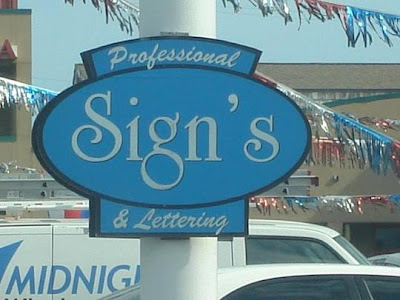For some reason, recently, there has been a trend to using apostrophes in places where they should not be used – such as for plurals. For example:
Mary’s cat’s were very hungry.
The use of the apostrophe in cat’s is wrong, but this seems to be done by so many people today. In languages such as English and French, the primary and most important use of the apostrophe is to indicate contractions – where we leave something out, or contract two things together. For example:
| Example | Meaning |
|---|---|
| j’ai | ‘I have’ (French) = ‘je ai’ |
| wouldn’t | ‘would not’ |
| can’t | ‘cannot’ or ‘can not’ |
| c’est | ‘it is’ (French) = ‘ca est’ |
| it’s | ‘it is’ |
With plurals, there are various ways of writing them in English, but with ‘s’ it is always just simply add the ‘s’ or ‘es’. No apostrophe – ever.
The last example above brings up a special case in English. This is because English also uses apostrophes for ownership (the possessive or genitive case), as in: I was driving Dave’s car. It and Dave are both pronouns, so they can ‘own’ something. This is a common source of error when using it, as in the following example:
It’s going to change its colour.
Notice we use the apostrophe for the contraction and not for the possessive (its colour).
This is because contractions take precedence over possessives. The pronoun it is the only place in English (that I can think of) where this occurs, and the wrong use of apostrophes with it is a very common error that writers make.
For possessives involving plural nouns (there is more than one ‘owner’), and when an ‘s’ is used for the plural, then the apostrophe is placed after the plural. For example:
The artist’s paintings (one artist owns them)
The artists’ paintings (more than one artist)
